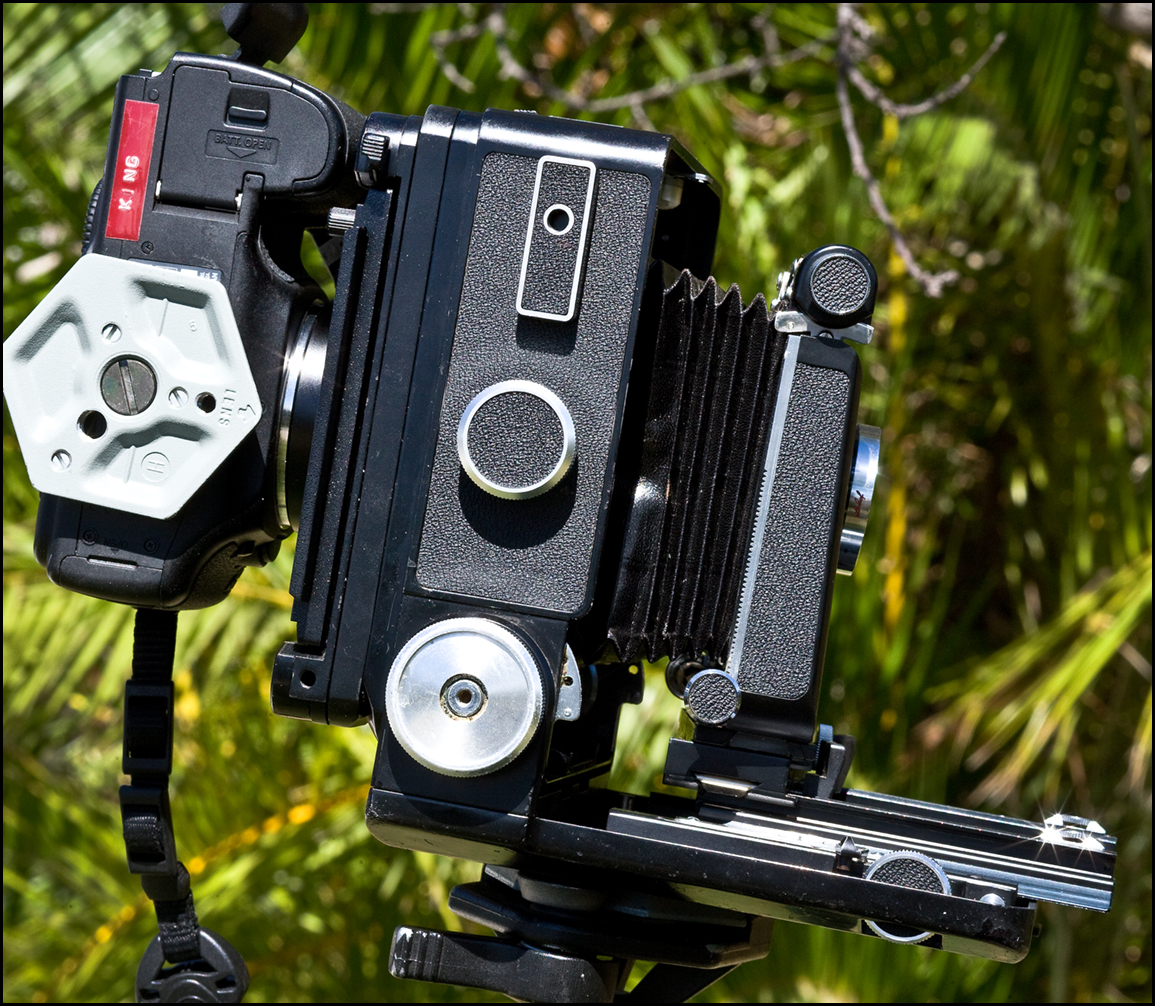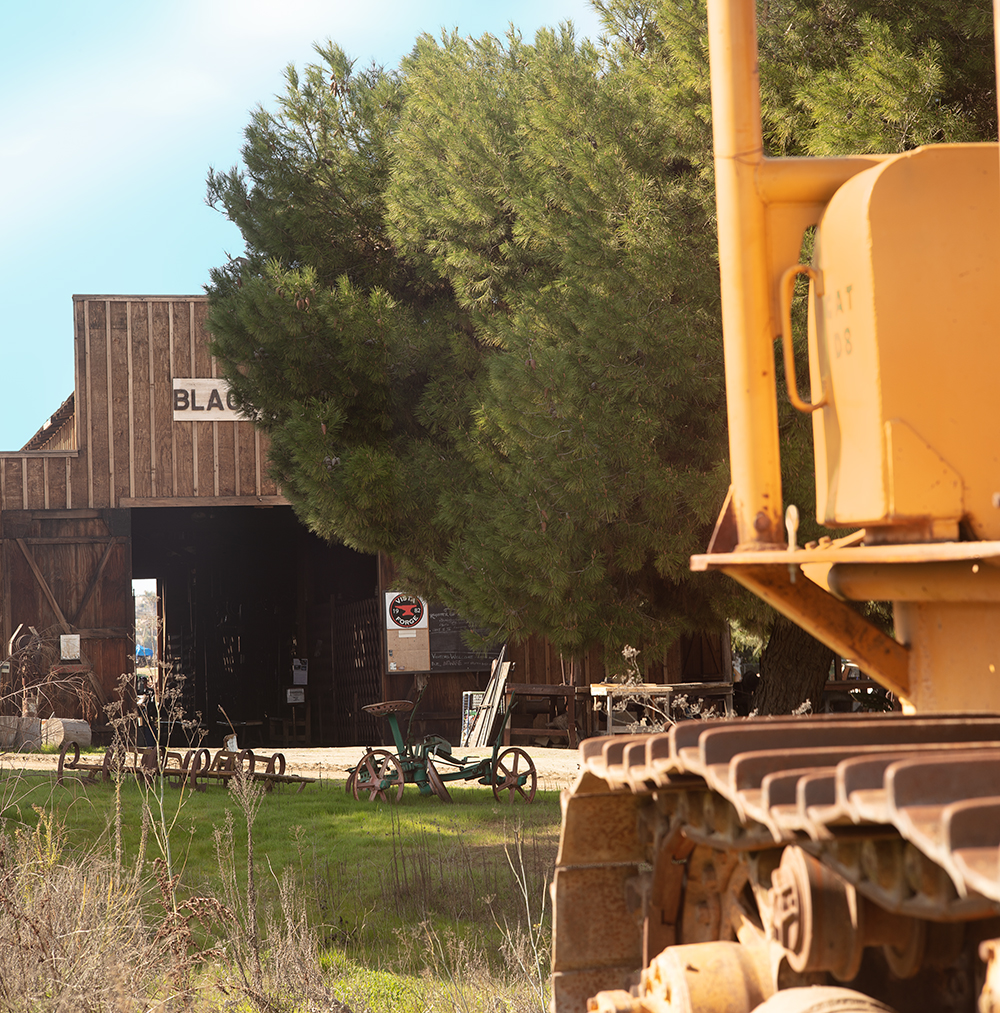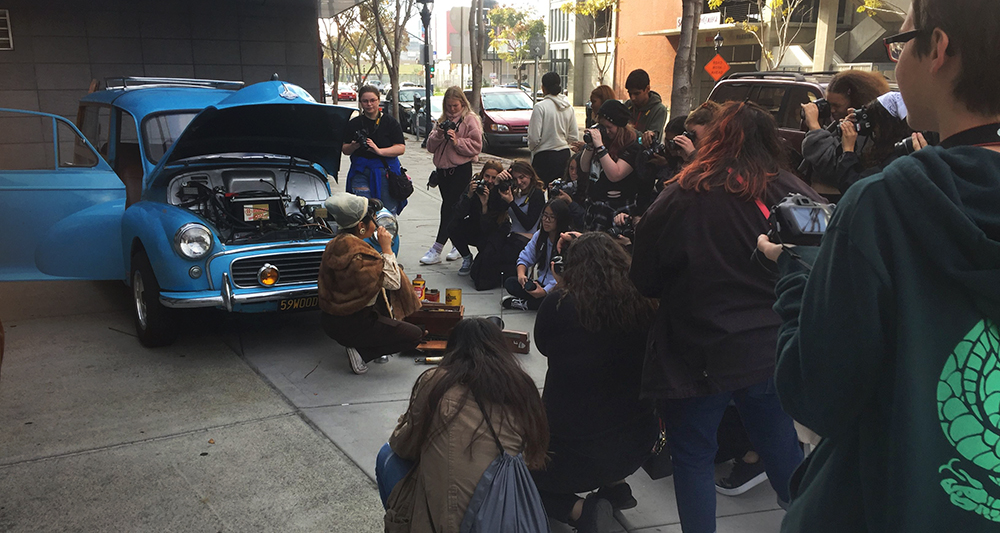OK, why should you care about any of this woodsy stuff? After all, we are all rushing headlong into 2020, for pity’s sake, the age of computers, robots, cell phones, the “internet of things” where everything is connected to everything else. Where a bunch of you will head out to take your landscape photos WITH your cell phone and all of its functionality. So, who, today, really needs any of this knowledge or these skillsets?
Good and reasonable question. And if you live in a techno-bubble where the closest you get to real nature is a Sierra Club calendar, then baring natural disasters, power outages, economic catastrophe’s etc. have a self-recovering car, and an endless fuel supply and lifetime battery capacity, and then make sure that you never stray more than a few feet from the asphalt, then it is highly likely you’ll never ever need to know any of it.
That, however, does not describe me or my life or my photography quests. So let me give you a personal example of how things might lead to an emergency situation.
A couple of years ago, in the early Spring, I had gone up to Oakhurst, a little town on the southern border to Yosemite National Park, to visit a great friend, Nikko, and to also take a few quick dips in the Yosemite Valley area for photos. Nikko is owner of an incredible restaurant named “Bread Head” and if you are ever in that area and need some REALLY good food for breakfast or lunch this is the place. (https://www.breadheadrestaurant.com/). And if Nikko is there, be sure and say “Hi” for me.
Nikko is also an excellent photographer and, since she has lived there for quite a few years, knows the area very well. So she suggested we head south around Bass Lake where there was some terrific scenery. I wasn’t aware there was ANYTHING in that direction so agreed and off we went.
She was right, of course. There were some incredible overlooks of the lake and, further south a quaint town and, to the east, according to the map, a way for us to take a loop through the forest and end up back on the Lake road. So after a fun lunch we were off on our adventure. (Remember what I had, in an earlier part of this series, defined as an “adventure?”)
The “main” road was old pavement, broken in places, littered with debris from recent storms and winds. Clearly this was not a route that was heavily traveled. But the day was clear and sunny, the company was great, and so we stopped a couple of times for photos before we found the side road through the forest. It was, as are most forest roads, dirt. But it was more or less level and clearly designed for normal cars… at least during the normal summer season…
We had gone a mile or so when we came on our first snow drift across the road. Inspection revealed that it was only a few inches deep so we powered through it easily and kept on. A second one, determined to be only slightly deeper, was also easily negotiated.
By the time we came on the third drift, although it was longer than the others, did not appear to be all that much deeper, so without further inspection, off we went…
And we made it almost exactly half way.
What was not evident under the snow was that this was also spanning a runoff channel and someone had previously powered through it when it was muddy and carved some deep ruts in it. When I hit those, I was stopped and now my wheels just spun and polished the snow. It was as if the tires were sitting inside watermelon peels. We were not going anywhere, forward or backward. Power-rocking the vehicle was useless. True, it did result in some movement but it was not forward or back… only down. That was definitely the wrong direction, so there we sat.
I’m relating this tale to illustrate how easy it is, on the best of days and with no intention or expectation of doing any potentially dangerous travel, to find oneself in trouble. During that year’s spring season it was common for late storms to move through the area so this situation could turn very bad very quickly. We were stuck because I had made a mistake. The length of that drift should have gotten me out of the car to walk it and probe it better. I could see the water channel above and below it but was preoccupied and it did not register. All of the signs for caution were readily available but I didn’t see them or pay attention to them and because of that, there we sat, halfway into the drift on a road that, given the dearth of tracks and the heavy cover of leaves and debris, likely would not be traveled for quite some time into the future.
I got out to assess the situation. I had followed the initial mistake with yet another mistake; in trying to rock the car I had simply dug a deeper set of holes for the tires. Years of winter driving in Colorado mountain country apparently had taught me nothing or if it had, that knowledge had dribbled out of my brain during my sojourn in Southern California. Fortunately there was one bit of self-advice I had taken, the car was equipped with some recovery and survival gear. That stuff tends to just live in my vehicles so I do not have to think about it except to periodically resupply or update some of it. Good thing too, “thinking” did not seem to be my major skill that day. I’d love to blame my company but don’t think it would hold up to any real scrutiny.
So step one was to give it “The 30-Second Stare” and objectively consider the options. There was no cell phone coverage so calling for help was not possible. Walking for help could be a long and unsuccessful plan unless we would walk the 20+ miles back to the little town where we had lunch. That had to be the plan of last resort. That meant the best plan was to recover the car back to solid ground or at least on through the drift and hope for better conditions down the road; but in both cases we had to get the car out of that drift. Without some equipment that would be impossible, and walking would be the only option remaining, poor as it would have been… (hint hint…)
In each of my vehicles is, at minimum, a backpack of survival gear plus some recovery gear. It doesn’t take all that much room, so plenty is left for stowing photo equipment. Here are a couple of views of my primary survival pack.

Here is the outside of my primary survival pack. It usually lives in my vehicle. I have another smaller version I toss in if I know I’ll have someone with me. In addition to this there are ponchos, blankets and tarps that also just live in the cars.

Here is the opened pack. (It’s actually a re-purposed camera backpack.) This has, on and in it, enough to keep[ me surviving for quite some time minus food and water for the long haul. What you cannot see here in the packed interior, is that behind the water filters and Swiss Army Knife is a fixed blade but shorter “bush craft” type knife. Also there is a small sewing kit in the compartment with the first aid supplies. The fire making materials include, lighters, matches, ferrocerium rods and some magnesium shavings, plus some home-made fire-starters made from dryer lint and bees wax. In with the magnifying glass is also a signal mirror and a sharpening stone.

This is the “Max-Axe” from Forrest Tools. This photo is from their web page, my own set has a lot more wear and tear on it. Designed primarily for foresters and forest-fire crews, it is incredibly durable and designed for heavy work. I’ve had mine for almost 30 years and have had zero problems with it.
I also had my go-to knife, my big Shrade Bowie style knife; big enough to work as a small machete. The main edge of the heavy 12″ blade is razor sharp and the recurve is sharpened with an edge profile more like a hatchet so it can do multiple chores. As you can see, the poor thing has seen a lot of work over the years.

This is my favorite outdoor working knife. I don’t know if Schrade still makes them. This 12″ blade is based on the “IXL” Sheffield made bowie design from the mid to late 1800s. THe modern “sub-hilt” grip design really helps control the weight. It takes an incredibly sharp edge. My survival kits also contain smaller knives for fine work but if I had to head out with only one knife, this would be it. I’ve made fires and shelters with small knives too but in a pinch, this is far faster when it comes to preparing wood for shelter supports and cover, or for burning. The choil is perfect for use with a ferro rod.
The plan was to dig a trench in the snow for each tire for us to drive through and also to line it with debris and boughs for traction. Nikko was a real trooper. I put the Max-Axe shovel together and she grabbed it and started work on the paths for the tires all on her own. I took the knife and went into the heavily forested areas around the road to gather boughs. By only taking one or two per tree the tree is not harmed but it does take a bit longer. By the time Nikko had the trenches made I had enough boughs to fill them. A few were forced in under the wheels to give us a starting bit of traction and with Nikko sitting on the back to add a little weight to the drive wheels, we drove out like we were on asphalt. Without her help it would have taken twice as long and used up twice the energy, especially for an old duffer like me. But it was doable for us because of the tools available onboard the vehicle. The full-sized shovel worked much faster than a small folding camp shovel designed to dig latrines, and also allowed her to stand up a little better. The big blade mowed through 2-3-finger thick boughs like butter, so my effort was reduced far below what it would have taken with a small, light knife.
Through it all, I kept track of the time and, more importantly, the estimated time before the sun went below the trees and mountains to the west. In case we could not extricate the car well before then and had to face the likelihood of spending a night in place likely to get very cold, then we would have needed time to prepare for that while we could still see easily. Fortunately, the car and my survival pack, also was equipped with gear to make that unpleasant situation at least tolerable and, more importantly, survivable. We had available extra blankets, and even two sleeping bags in the car so survival was really never in question. comfort is another issue but it always is in an emergency situation.
Unfortunately we did not document the situation. We were so focused on extricating ourselves before it got dark, all of our effort went into that. We had a vehicle filled with photo and video gear but none of it was used during our vehicle recovery efforts. Sorry… I needed my friend Don Bartletti along to document it all. He’d have done a far better job of it than I would anyway.
The point of all this is to show that even on the simplest of photo treks into the most beautiful of places, things can conspire, especially mistakes such as I made, to turn things serious and potentially dangerous very quickly and unexpectedly. If I’m riding with someone else and I have no reason to assume they are prepared for such emergencies than I also have a small tactical bag of personal survival gear I toss in with my photo equipment. If I know someone will be riding with me then I feel responsible for them and try to have enough equipment for both, but if I’m going with someone else, I want to make sure that if disaster strikes I can at least take care of myself.
Check out the photos above for what I take. That may not be the best collection of gear for you but you need to have what YOU need, and, as importantly, what YOU know how to use. The ultimate survival tool is useless if the owner does not know how to use it. There are still plenty of places even in Nation Park or Forest areas where disaster can strike and you cannot count on rescue unless someone knows that you likely are needing it and where to look. And even then you might be required to survive on your own for 3-5 days. Can you do it?
By the way, the Spring 2020 Schedule is out for City College. If you would like to take my Landscape Class, (Photo 245, CRN 24979) where we will be covering this type of thing in addition to the obvious photo material. My co-teacher, Melinda Holden, is still listed as the instructor, but that is the right class. So do sign up quickly so they don’t, as they have done in the past, cancel it before it even starts because admin does not have faith there will be enough students. The days of waiting to crash a class are over. For details check the course page by clicking on the link in the banner at the top of this page.
And for those of you who have heard me tell tales of my growing up on the farm/ranch under the guidance of my Indian uncle, I have completed a book about him that fleshes out many of those stories and may help explain a little about me and also why I still think he was the best man I even knew. Scroll down the sidebar on the right side of the page and you will see the link to the printer where you can order a copy of that book and/or the others on the future of photography and the issue of dealing with school and mass shooters.
As always, if you have comments or topics you would like me to address, let me know.

















